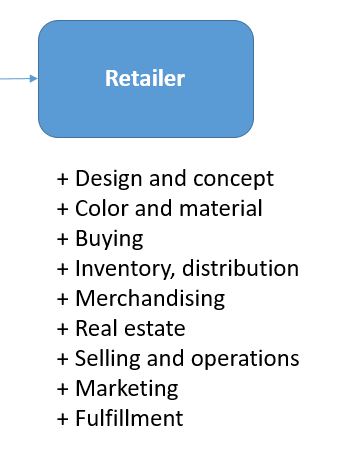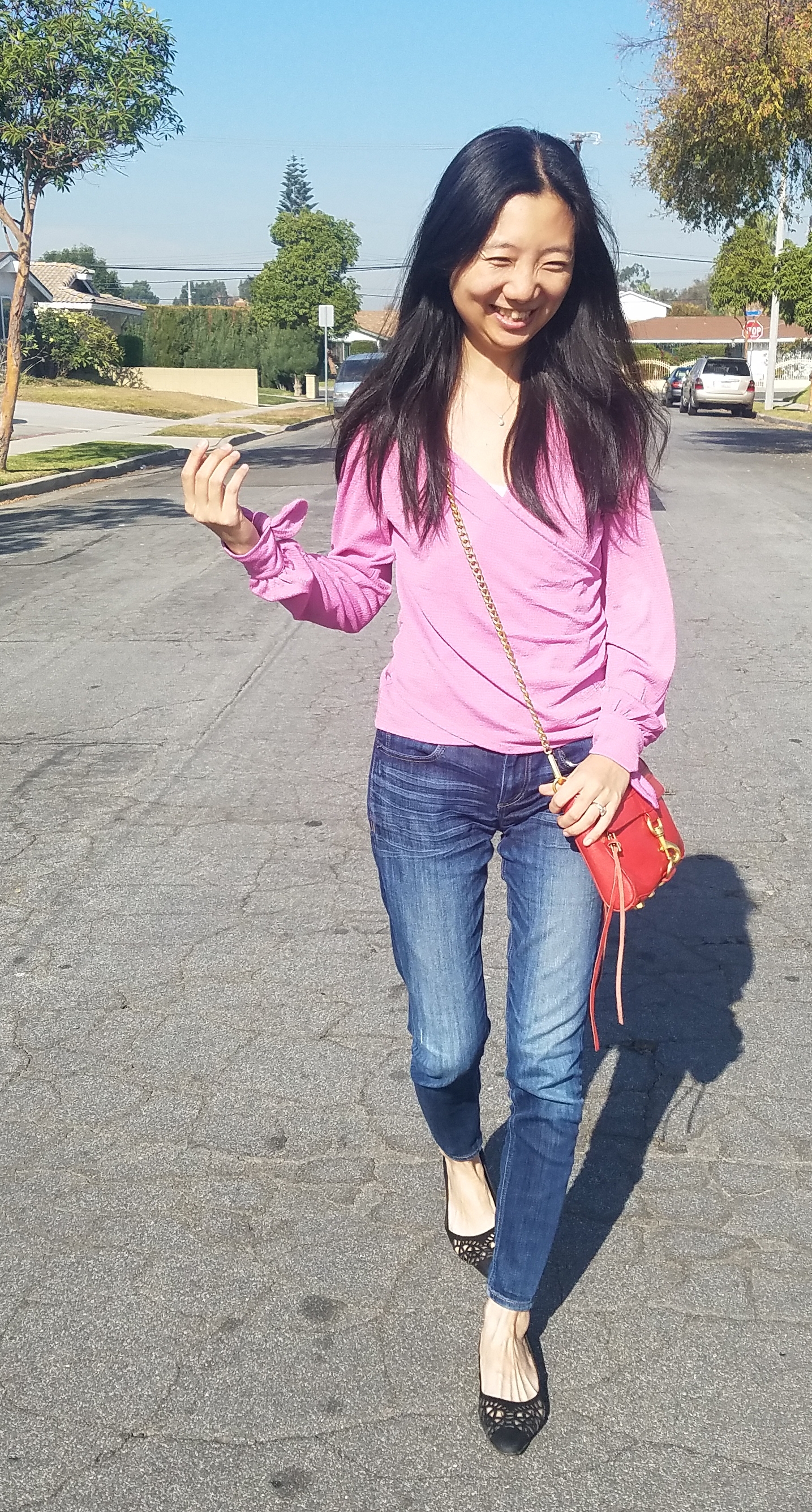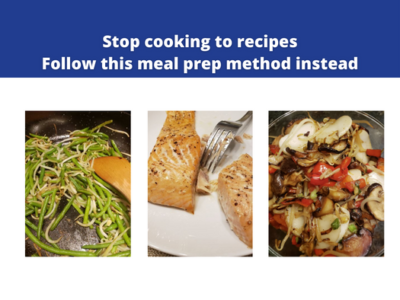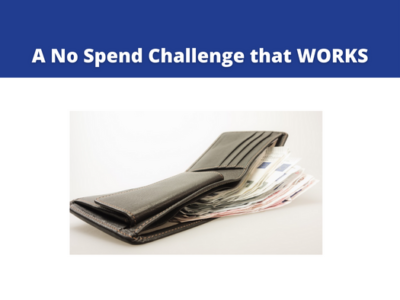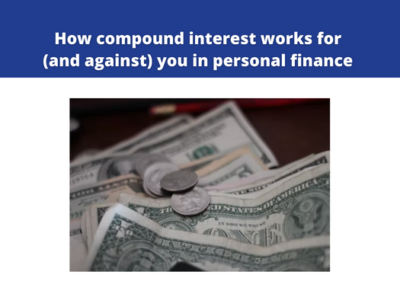Part of a multi-part series:
Introduction
Product
Price
Promotion
Place

Image credit: Pexels.com
One of the first lessons in marketing is the science of the 4Ps. Every few years or so, new marketers would have you believe that the 4Ps is an outdated framework. Having studied both the analog and digital sides, my understanding is that the framework is the same, but achieved in different ways.
The 4Ps are: Product. Price. Place. Promotion – visit this link to learn about them. Today’s focus is on reversing the science of product.
Retailers add more perceived value to a clothing product in the following ways (not exhaustive):
- Branding
- Color
- Material
- Design
- Function
I will dive into each of these and explain how you could reverse the science of marketing. You might say, “this sounds like a lot of time / work / research”. And to that I say,
If marketers spend tons of hours and money and scientific resources researching how to get you to spend money, then similarly, you need to spend hours learning how not to spend your money. It does not happen magically
However, it is worth it.
How to save on branding
Branding may or may not be a signal of quality. You have to understand what contributes to quality, and whether the brand does any of that.
First, establish what is a need, and what is a want, and where branding does matter. If you just need clothes to keep you looking professional and warm, branding does not matter.
Consider private label when shopping. Private label means that a retailer, such as Amazon, approaches the manufacturer who makes clothing, and brands it with one of their own brands. It might not be well known as like Louis Vuitton, but it is Amazon’s own. Amazon is able to capture all the mark-up from manufacturer to retail price, instead of buying a branded item from someone like Louis Vuitton.
Private label is typically a little less than full retail, but maintains quality. It only takes a little bit of Googling to figure out who has private labels and which ones they are.
How to save on color
You can’t really avoid color, but in many ways, retailers charge more for more interesting colors. I favor having a capsule wardrobe built mainly on neutrals because these colors are always going to be around, and tend to cost the least. However, this isn’t usually an area of a lot of savings.
How to save on material
There are many materials that are better than others. And then there are ones that give you the perception of quality, but in reality, is just a way for a retailer to charge more.
Think Egyptian cotton thread count. Basically anything at 300 or more, feels good, does it really matter if it is 500 or 1,000? I was chatting with a shoe designer back in 2013 when the trend of building metallic bits into boots was taking off. She noted that while it was very low cost to place a sliver of metal, it made the boot seem more expensive such that they could charge $10, $20 more than if the boot did not have that material. Or take merino vs. cashmere. Cashmere is priced higher than merino due to scarcity and softness, but it is also more fragile. A 100% cashmere sweater might feel warmer, but could more easily break if not cared for, versus a merino wool sweater. For that reason I often buy cashmere blend sweaters instead. Or how about neoprene? The very material that goes into surf suits and your beer-cooling coozies became cool a few years ago for having forgiving stretch and a modern look. All it is, is rubber! Plastic! And retailers were nearly taking people out for highway robbery by selling such dresses for $400-600.
Read up on the materials and decide for yourself, what level of functionality you are willing to pay for, for that material. Take things to the test. Watch YouTube videos.
How to save on design
Design is a personal choice. You either choose to have something that is basic (need to have), or you choose something that is designed to reflect your taste and personality (nice to have). The more thought and care that goes into a design, the higher the price. When it comes to radical savings (such as many Save My Cents club members who are going through their own debt journeys), one has to boil decisions down to whether one would die without this item. It sounds extreme, but in framing in this way, it allows for an accelerated amount of money saving.
How to save on function
The way clothing is sold these days would have you believe you could conquer the world! Feel more powerful. Feel smarter. This pocket meets all your needs. This fabric makes you lose weight.
The questions I ask myself include:
– Have I been in a situation where this function meets a problem I have?
– How often do I have this problem?
– Is this problem bad enough that I need to pay for a piece of clothing to solve it? Is there any cheaper way I could have solved this problem?
This is all about slowing down your decision making.
Be sure to join my Save My Cents Facebook group to be the first to be notified when new posts are available

